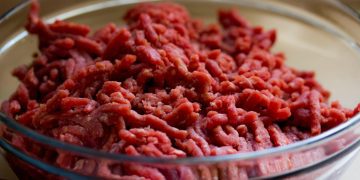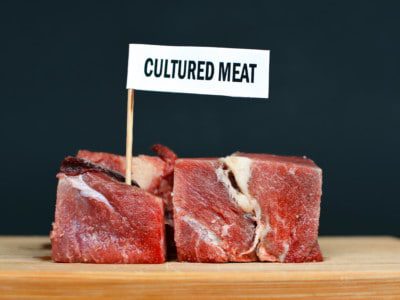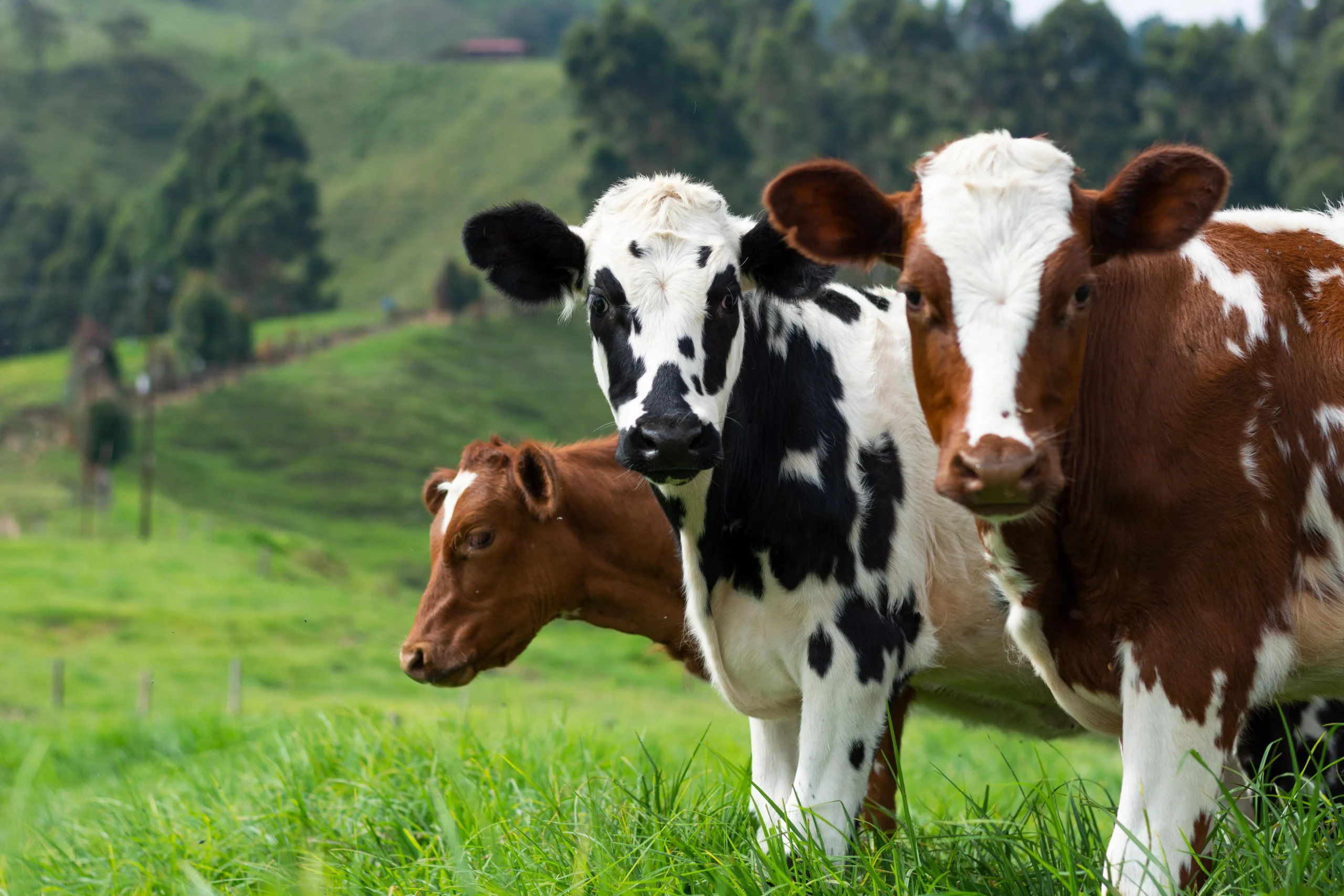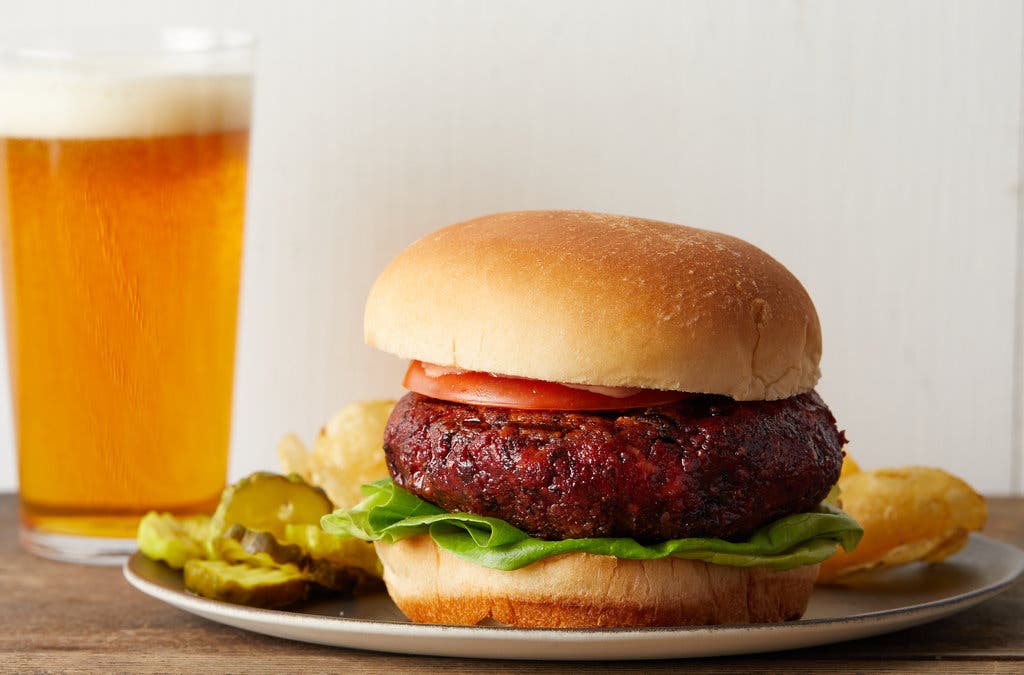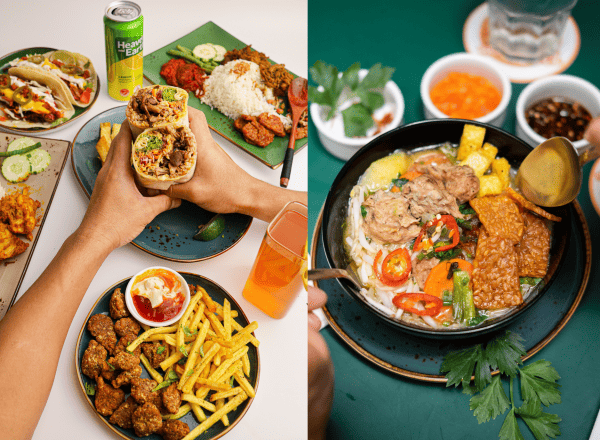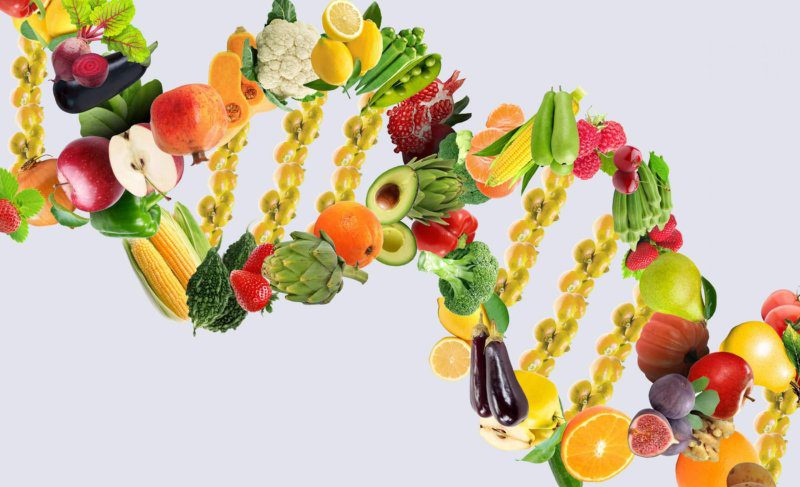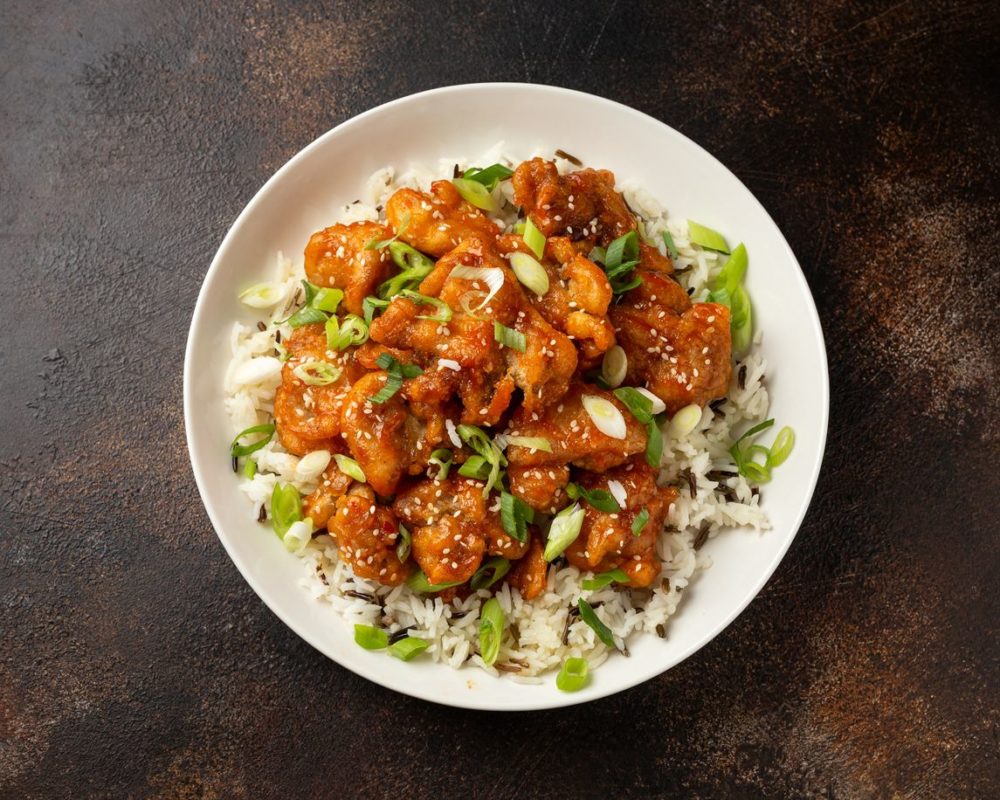Skye Blackburn was in Thailand on a holiday when she first ate a cricket.
It wasn’t the auspicious moment you might expect for the food scientist and entomologist, who would go on to pioneer the production of edible insects in Australia.
“It was one of those big, field crickets and it was cooked in a lot of oil. I don’t really like a lot of chilli but it was very, very spicy,” Blackburn says.
“It had hot oil in the middle and it kind of burnt my tongue a little bit, I didn’t really like it at all.”

But the bamboo worms she tried next proved far more promising.
“The bamboo worms had the texture of rice bubbles and were flavoured with lemongrass and ginger, they were really, really nice.”
That was 15 years ago, back in 2007.
Returning home, Blackburn began experimenting with edible bugs.
She added them to lollipops, which proved to be a smash hit with kids at an education expo. Soon, lolly shops and marketing companies were clamouring to sell them.
As a nutritionist, Blackburn knew she would need to get the labelling right if she wanted to sell her edible bug products commercially.
“I sent them away for nutritional testing in the laboratory and, when I got the results back, I was actually really, really shocked that no one was eating them as a source of food because they were just so nutrient dense,” Blackburn says.
“It was at that moment I felt I had the perfect combination of skills to convince people that this was a good idea and to really bring insect protein into the mainstream in Australia.”
When Blackburn started her business, it was a backyard operation in Western Sydney. Now, her insect protein farms produce millions of crickets in converted warehouse spaces.

Blackburn’s cricket corn chips, made with cricket protein powder, were initially developed to win over her son – a fussy eater – and are now one of her most popular products. They are sold in IGA supermarkets, online at Dan Murphy’s and in more than 1000 school canteens.
Her company, Circle Harvest, also sells mealworm snacks, high-protein cricket pasta and cricket protein powder.
One of the key advantages of insect farming as a future food option is its comparatively light environmental footprint, Blackburn said.
Insects can be fed food waste products and are quick to farm, going from egg to harvest in a period of just six weeks.
“That means that we can really produce more protein in a shorter space of time, using less resources and with less stress on the planet,” Blackburn says.
“If you replace just one meat-based meal a week with a meal that uses crickets as your source of protein you actually save over 100,000 litres of drinking water a year.
“They create 1/100th of the number of greenhouse gases when you compare them to traditional livestock as well.”
By 2050, the world will need to feed another two billion people, leading scientists and researchers to ponder the increasingly urgent question of how we can produce 60–70 per cent more food.
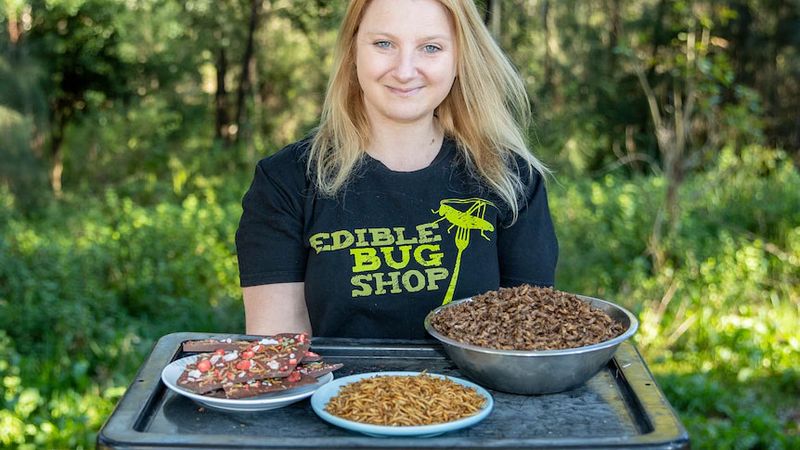
Change is already here
Robyn Warner is a professor of meat science and chairs the University of Melbourne’s Future Food Hallmark Research Initiative.
Warner says we only have to look at supermarket shelves to see how what we eat is already evolving.
“It’s changing all the time,” Warner says.
“We have insect proteins coming onto the market, and plant protein products have come on fast.”
According to data from Vegan Australia, the number of vegan products listed on Woolworths’ website has more than doubled over the past three years – from 550 in 2019 to about 1800 this year.
Fast food giants are also jumping on the plant-based bandwagon, with KFC adding pea protein-based ‘Wicked Popcorn Chicken’ to selected Australian store menus last month.
Australia is the third-fastest growing market in the world for plant-based foods.
In 2019–20, Australia’s plant-based meat sector generated $185 million in sales, and by 2030 consumer spending on plant-based “meats” in Australia is projected to reach $3 billion, figures from the Australian Trade and Investment Commission show.
Warner says one of the key consumer groups adopting plant-based foods into their diet is “flexitarians” who are open to eating both meat and vegan or vegetarian products.
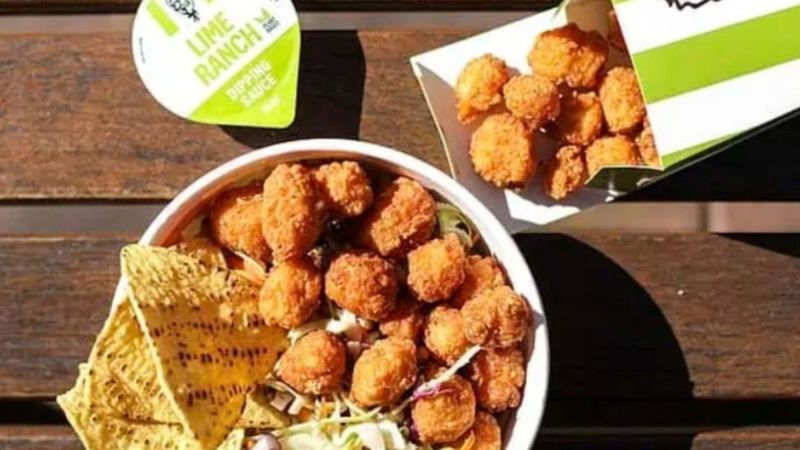
While flexitarians may not be ready to give up meat entirely, they are often looking to reduce the amount in their diet, Warner says.
“At the moment, the appeal is around animal welfare, sustainability in general, health and, for some people, they just don’t like the taste of meat,” Warner says.
But there will always be some people who will never give up meat as they like the taste too much, she adds.
Consumers can expect more blended products – which contain both meat and plant-based ingredients – appearing on shelves, offering another option to reduce meat intake, she says.
“This is where you can still get a really good taste and texture, as well as bringing in some perceived health advantages of plant-based products,” Warner says.
As food inflation and food security issues increase across the globe, Warner predicts meat will become “more of a premium product” over time.
Anyone for zebra or dodo?
While still much hyped, it is looking increasingly likely cultivated meat – grown from animal cells or tissue in a lab – will emerge as a significant food alternative in the decades to come, Warner says.
“I believe cultivated meat will play an important part of this, alongside traditional animal agriculture, but I also think it will likely only appeal to certain people,” she says.
A study conducted three years ago by the Future Food Hallmark Research Initiative found many still perceive cultivated meat as undesirable, or having “a bit of a yuck factor”.
But another international study from the University of Bath in the UK shows attitudes are changing.
The study found more than 50 percent of consumers in many countries would be willing to eat cultivated meat.
Acceptance does appears to be slowly growing, Warner says.
In Singapore, lab-grown chicken nuggets are now on sale in a world first.

While lab grown meat is yet to pass the stringent regulatory hurdles for commercialisation in Australia, there are some companies that are already producing lab-grown meat here.
In 2020, Blackbird ventures start-up Vow served up some of its lab-grown meat to one of Australia’s best-known chefs, Neil Perry.
The company, which now has 54 employees, is focussing on producing both traditional food sources in the lab – chicken, beef and pork – but also meat from alternative species we don’t normally eat, such as tortoise, zebra, lion and yak.
Vow co-founder George Peppou posed this question in a TEDx talk in January this year – “Why eat chicken, pork and beef, when we can design something better?”
“What’s so special about the point zero 1 per cent of animals we eat?” he asks the audience.
“Your parents, your grandparents and your great grandparents all likely ate a lot less meat than you do but the meat they did eat was far more varied.”
“Charles Darwin spent many years sailing around the world, eating every animal he came across and writing detailed reports on how they tasted – beef, chicken and pork were nowhere near the top of that list.”
While no-one had eaten dodo in 300 or so years, the extinct animal could still make a come-back on menus, Peppou posits.
“Thanks to rapid advances in modern biology, we can even take some of the preserved and reconstructed genetic code to recreate the experience of enjoying dodo as a food.”
Humans had become enormously efficient at producing chickens, cows and pork for consumption, but other unexplored species could have advantages when manufactured in a lab, such as faster growing cells and a higher density, Peppou says.
While plant-based products were already finding a market with vegetarians and flexitarians, Peppou believes there will always be a percentage of “hardcore meat eaters” that simply won’t be willing to forgo a juicy steak, which is where lab-grown meat is likely to come in.
However, Warner says it is still not clear how much-cultivated meat will cost, which is likely to be a significant factor in consumer uptake.
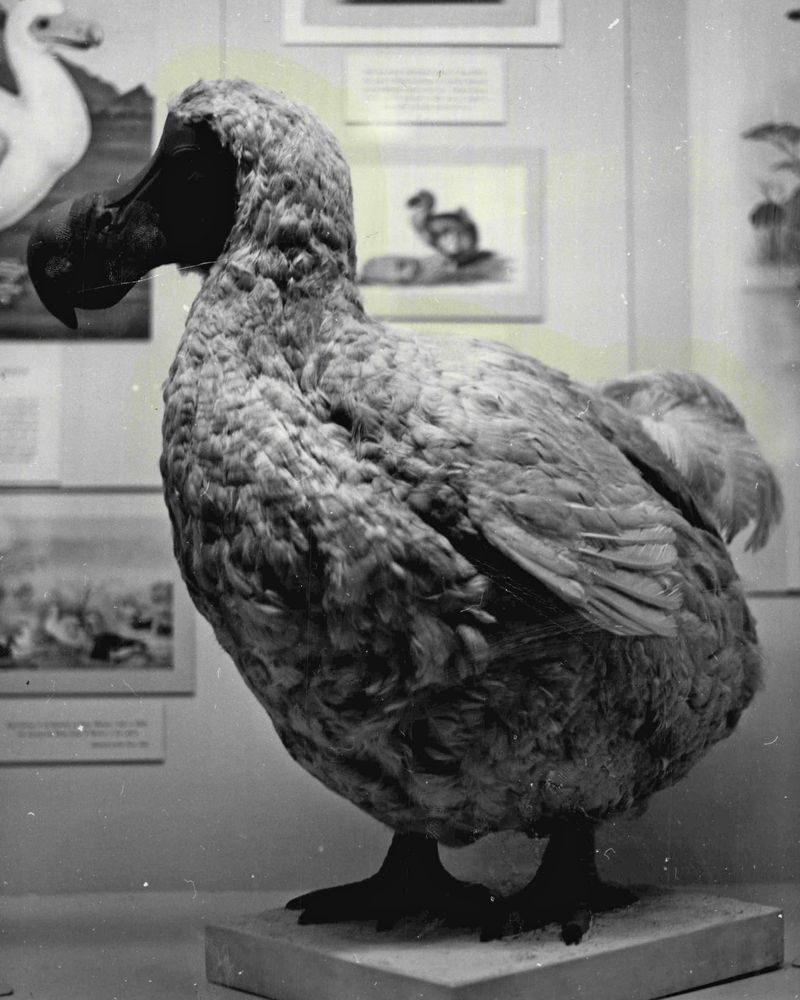
The huge amount of research and financial backing thrown into the emerging industry was making the leap seem more inevitable though, she says.
“Five years ago, I didn’t really believe cultivated meat would come on the shelves in Australia, or not in the short term,” she says.
“Now, I think it might come into Australia within five to 10 years’ time, looking at what’s happening around the world.”
